
There’s little doubt that electric mobility is the future. Electric vehicle (EV) sales have skyrocketed in the past few years, and electric cars are now a common sight on roads around the world.
Still, EVs remain an unfamiliar experience for many drivers, and people share understandable doubts and concerns about many aspects of EVs, but especially the battery.
Whether it’s how much an EV battery actually weighs, how long it lasts, or how it can be repurposed or recycled, this article will explore 5 facts you might not have known about EV batteries.
1. EV batteries weigh a lot (but that’s not necessarily a bad thing)

You might have heard that EVs tend to weigh more than diesel and petrol cars – this is true and is largely due to their battery. On average, EV batteries weigh around 454 kg (1,000 pounds), with bigger models weighing as much as 900 kg (2,000 pounds) and some even up to 1,800 kg (4,000 pounds).
But whereas EVs gain weight from their battery, they lose some of that excess weight thanks to much smaller and lighter motors than an internal combustion engine.
Additionally, modern EVs replace traditional materials with lightweight ones, such as magnesium and aluminium alloys, carbon fibre, and polymer composites – all of which can reduce the vehicle’s gross weight by up to 50%.
But a heavier battery – and overall car – isn’t necessarily a bad thing. The added weight from an EV’s battery actually helps improve safety, handling, and driving specs. Because EV batteries are typically placed under the chassis, they lower the car’s centre of gravity, making them much more stable on the road.
That means EVs experience less body roll when turning, especially at higher speeds or in wet and slippery conditions. Beyond making them easier to handle, EVs are much less likely to roll over in case of an accident, which is one of the most dangerous types of crashes. In 2020, accidents where a vehicle rolled over accounted for 30 percent of all vehicle occupant deaths.
2. EV batteries can power homes and grids, and they can charge using solar power
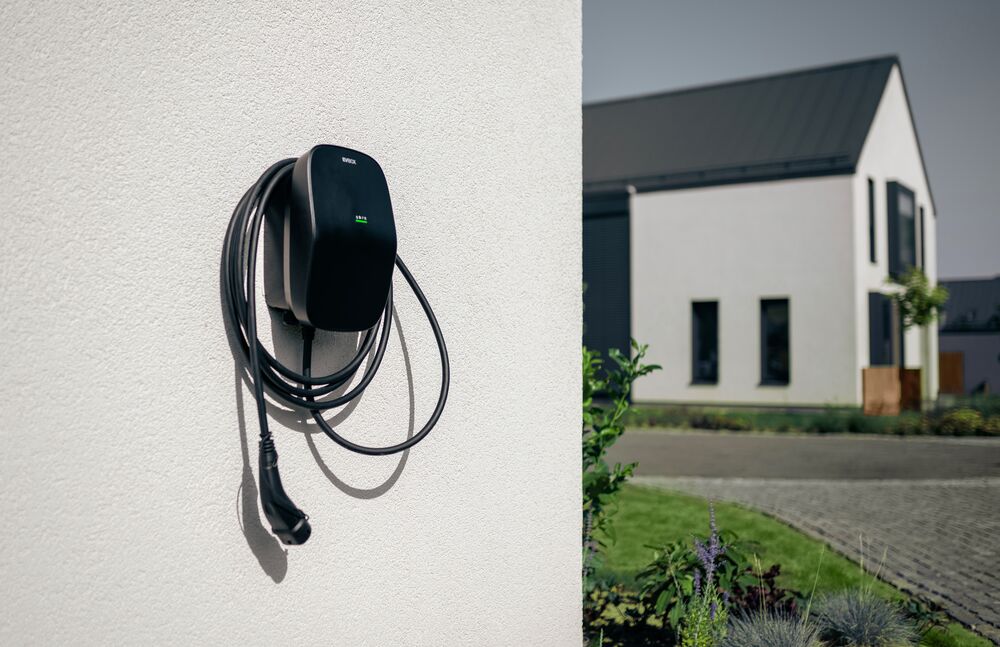
You probably think of electric vehicle batteries in the context of storing and providing energy for driving the car they’re in. While that might be their main purpose, EV batteries have a lot of potential for providing power to homes and even the power grid. They can also store renewable energy – for instance, from solar power generation.
To understand why using EVs for storing electricity is valuable, consider this statistic: on average, a car spends just 4 percent of its time being driven. That means that for the remaining 96 percent of the time, it’s just parked and sitting around.
Vehicle-to-grid (V2G) and vehicle-to-home (V2H) create a way to leverage this idle time while providing value for your home or the grid. In short, V2G and V2H allow your EV to temporarily deliver power back to the grid or your home, effectively using your EV’s battery as a small-scale electricity storage solution.
In our REVOLUTION Live podcast, we spoke to smart charging expert Jelle van Doornik, who answered the question if (and when) people can use the battery in the car to store energy or put it back into the house or grid, with bidirectional charging functionalities.
Bidirectional charging
Vehicle-to-home (V2H)
V2H allows your EV to act as a backup source of electricity for your home in case of a blackout, providing between 12 and 20 hours of power, depending on the appliances you’re using.
V2H can also let you save on your electricity bill if you have a variable tariff by charging up your car during off-peak times when rates are cheaper, and using that energy to power your home in peak times, thus avoiding the higher electricity rates.
 Vehicle-to-grid (V2G)
Vehicle-to-grid (V2G)
V2G provides many of the same benefits at the level of an entire power grid. For instance, energy providers could use hundreds or thousands of parked EVs to store excess energy production during off-peak hours and feed that power back into the grid when electricity demand is higher.
Both V2G and V2H are still in development, and it will likely take a few more years before they are rolled out at scale. Still, there are many ongoing V2G and V2H projects with promising results.
Solar power storage
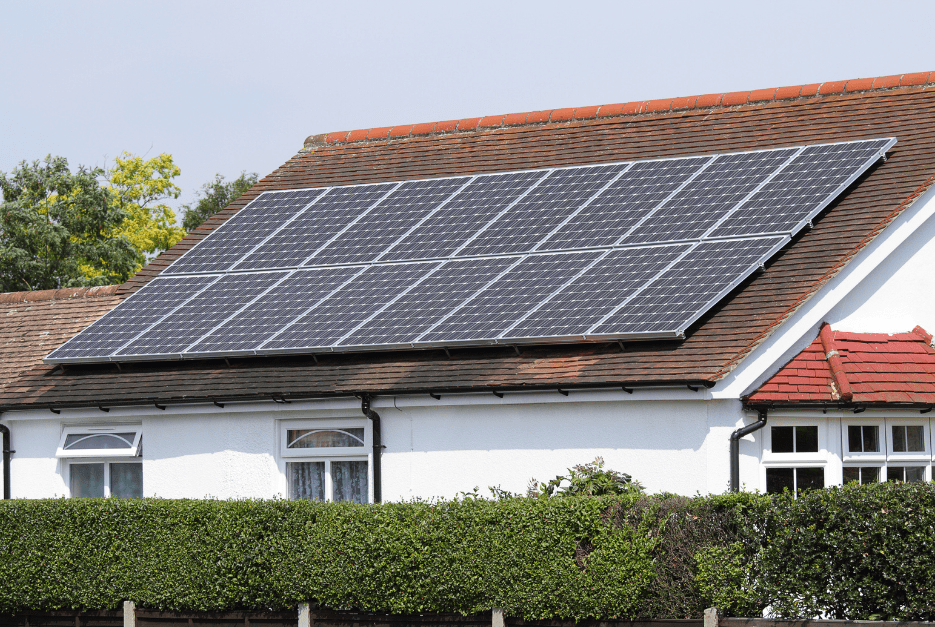
If you have solar panels installed at home, using them to charge your EV can be a great way to save on electricity costs while ensuring the energy used for powering your car is produced sustainably.
While charging your car using renewable energy isn’t as simple as plugging into your solar panels, you likely already have most of the equipment needed to convert the electricity generated by your solar panels into a usable form for your EV. And while solar power alone is unlikely to fully charge your EV, it can reduce the energy you draw from the grid.
3. EV batteries’ life expectancy is longer than you think

We’ve all had the experience: you buy a new phone or laptop, and it has great battery life. After a few years of use, however, its battery lasts less and less, up to the point where it becomes noticeable and impacts your day-to-day use.
It’s not surprising, then, that besides range anxiety, the fear of an EV battery dying early is one of the main concerns for potential EV drivers. However this concern is mostly unwarranted: on average, EV batteries last 15-20 years or around 100,000 to 200,000 miles. By contrast, the average life expectancy of a car is only 12 years.
To ensure the battery lasts as long as possible, EVs have built-in battery management software (BMS) that controls charging and discharging to ensure it protects battery cells.
There are also best practices you can adopt to maximise your EV’s battery life, such as keeping your battery charged between 20 and 80 percent for daily use, avoiding charging in extreme heat or cold, and not charging your EV every night.
4. EV batteries have a second life
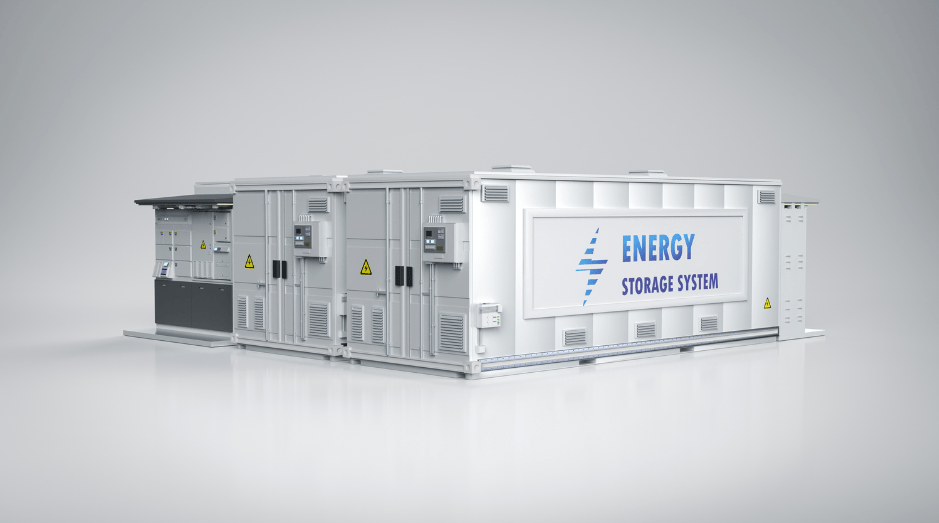
Once an EV reaches the end of its life, that doesn’t mean the battery inside it has. Even after years of intensive use, old EV batteries retain most of their original capacity – between 60 to 70 percent, according to Nissan. While that might not be enough to power an EV, it can still be used for less energy-intensive uses.
The Johan Cruijff Arena in Amsterdam, for example, has converted old Nissan Leaf batteries into a 3-megawatt storage solution, providing backup power and helping smooth out peaks in energy demand that occur during events.
Looking ahead, as V2G and V2H technology gain prominence, old EV batteries have a lot of potential as electricity storage solutions for homes, businesses, and the power grid as a whole.
5. EV batteries are recyclable
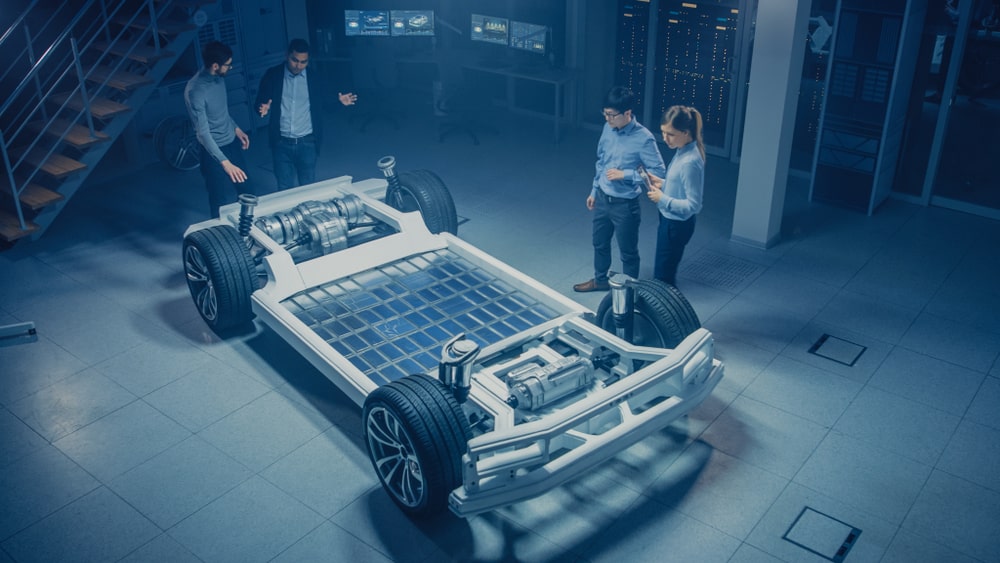
No matter how durable or long-lasting, even the best EV battery will reach the end of its useful life at some point. When it can no longer be repurposed or reused, recycling is the best option for an old EV battery.
Thankfully EV batteries can be recycled, with new recycling solutions allowing up to 95 percent of the raw materials to be recovered and reused. Since many of these materials are hard to source or have a significant environmental and social impact, recycling is a key tool to ensure these materials are fed back into the supply chain instead of wasted in a landfill.
And while recycling still requires energy, it’s much less than the energy needed to manufacture a battery from scratch – not to mention much more sustainable.
Learn more about EV batteries
For many, buying an EV for the first time comes with questions and doubts, and the battery is perhaps one of the biggest changes compared to a combustion engine car. EV batteries are surrounded by misconceptions and misunderstandings, and the truth is often more positive and surprising than you’d expect.
If you want to learn more about what EV batteries are made of, what they cost, or the environmental impact of producing one, have a look at our dedicated in-depth articles.
Related articles
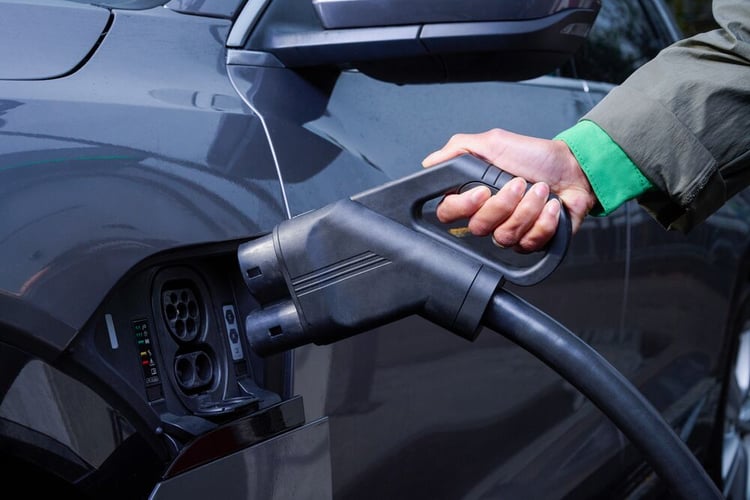
Is DC fast charging bad for your EV battery?
While there is research that shows that frequent rapid (DC) charging can somewhat degrade the battery quicker than AC...

5 things you didn't know about EV batteries
There’s little doubt that electric mobility is the future. Electric vehicle (EV) sales have skyrocketed in the past few...

Electric car battery weight explained
How much an electric vehicle (EV) battery weighs depends greatly on the vehicle and model. On average, however, EV...